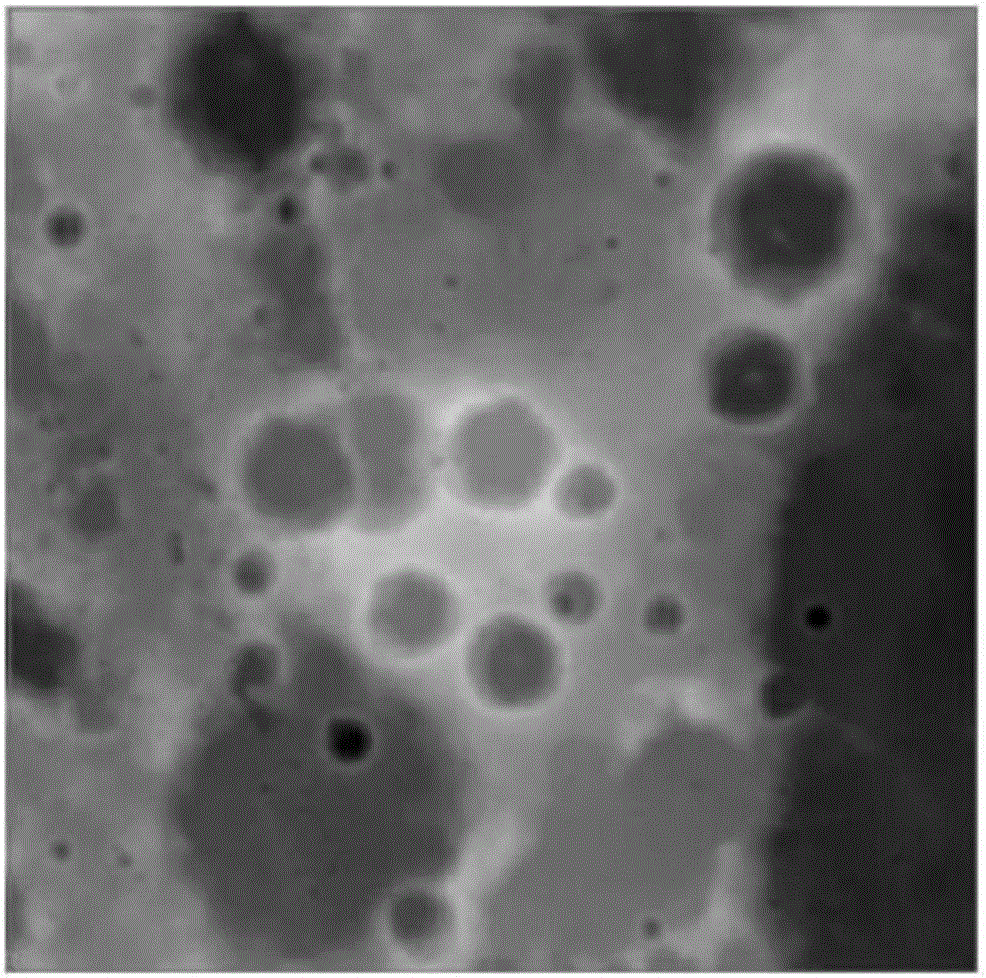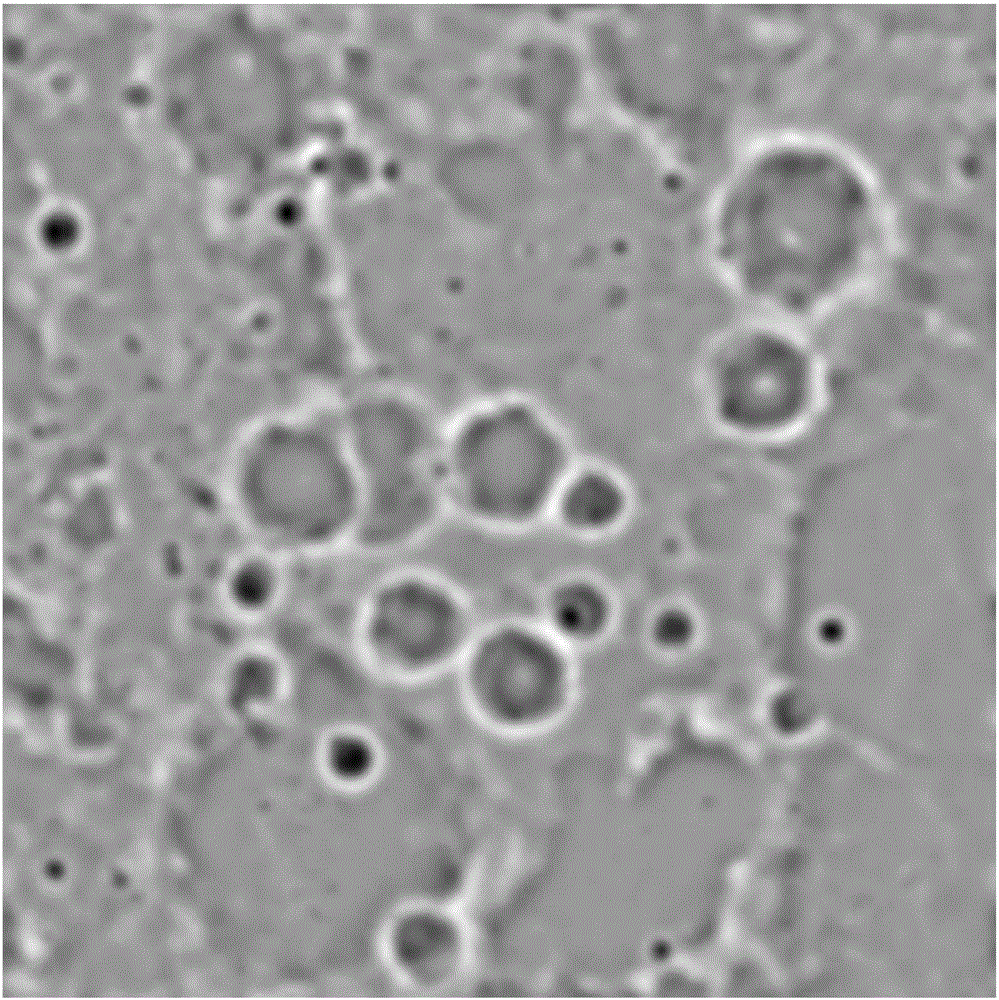A dem-based method for automatic identification and boundary extraction of lunar impact craters
A boundary extraction and automatic recognition technology, applied in character and pattern recognition, instruments, calculations, etc., can solve problems such as little consideration of the overlapping relationship of impact craters, poor recognition of complex lunar surface areas, etc.
- Summary
- Abstract
- Description
- Claims
- Application Information
AI Technical Summary
Problems solved by technology
Method used
Image
Examples
Embodiment Construction
[0082] The present invention is described in detail below in conjunction with accompanying drawing:
[0083] As shown in Figure 1, the DEM map of the original lunar surface, the spatial range is the latitude and longitude [73°, -5°] in the upper left corner, and [83°, 5°] in the lower right corner. The present invention classifies the nested and overlapping impact craters according to their spatial scales, firstly identifies the impact craters with the smallest size, and then sequentially identifies the impact craters with larger sizes until all the impact craters are identified. In order to identify impact craters of different scales, the original elevation domain G is transformed into an artificial terrain domain L with a spatial scale of λ using the spatial transformation theory λ , used to extract impact craters with a spatial scale of λ. When identifying, set the λ cycle to gradually increase, so that it gradually increases from the smallest scale to the largest scale, a...
PUM
 Login to View More
Login to View More Abstract
Description
Claims
Application Information
 Login to View More
Login to View More - R&D
- Intellectual Property
- Life Sciences
- Materials
- Tech Scout
- Unparalleled Data Quality
- Higher Quality Content
- 60% Fewer Hallucinations
Browse by: Latest US Patents, China's latest patents, Technical Efficacy Thesaurus, Application Domain, Technology Topic, Popular Technical Reports.
© 2025 PatSnap. All rights reserved.Legal|Privacy policy|Modern Slavery Act Transparency Statement|Sitemap|About US| Contact US: help@patsnap.com



